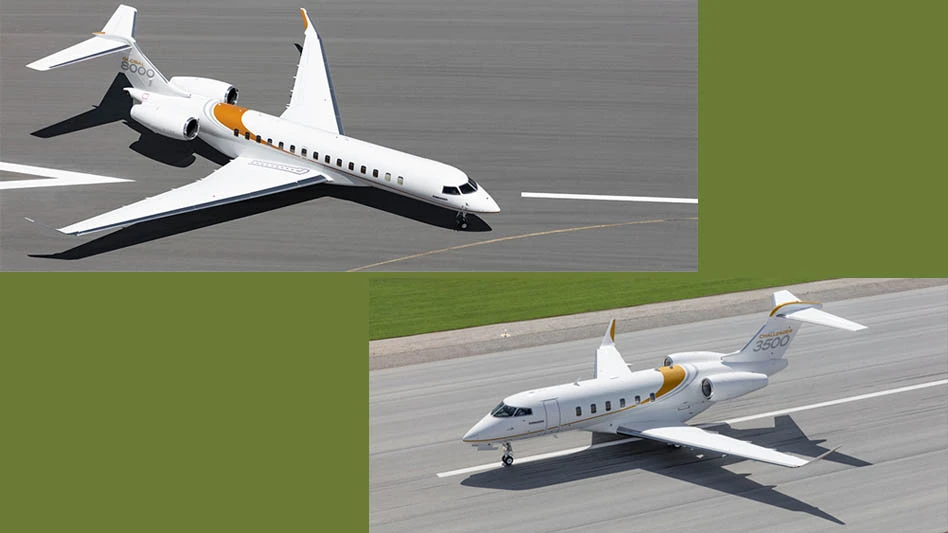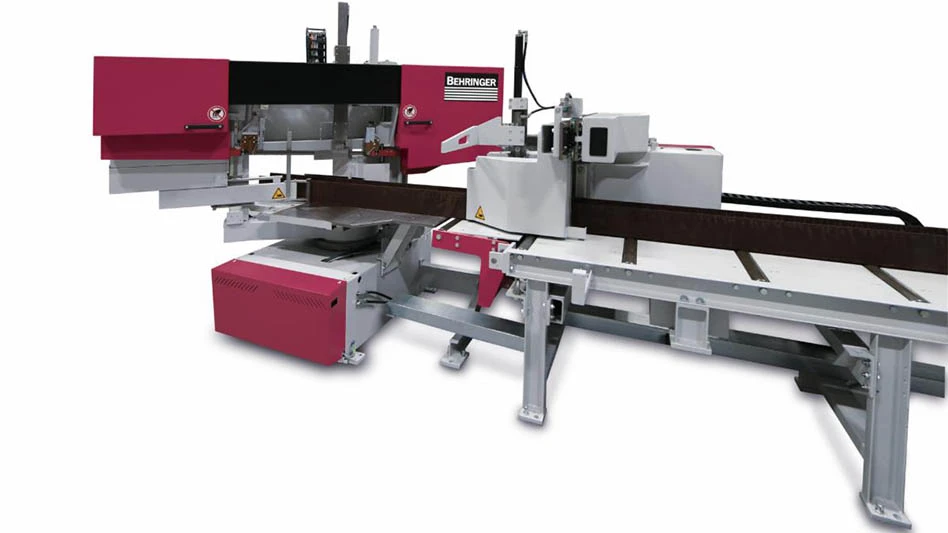 For as long as radar and weapons targeting systems have been used in air, land, and sea defense applications, design engineers have employed pods as a means to protect them. However, until recently, sealing these pods meant accepting some tough performance sacrifices.
For as long as radar and weapons targeting systems have been used in air, land, and sea defense applications, design engineers have employed pods as a means to protect them. However, until recently, sealing these pods meant accepting some tough performance sacrifices.
Alternately known as gimbals or turrets, pods have become common features on modern military equipment. Covering up sophisticated electronic gear used for monitoring, surveillance, and other purposes, they are often required to accommodate a range of motion while control of their movements are typically by small motors, designed to meet strict weight and power specifications. Whether designed to move or remain stationary, these pods typically use one or more seals to protect their contents from environmental conditions including moisture, pressures, high and low temperatures, dust, and debris.
The pod seal, installed between two moving or static mating surfaces, must maintain sufficient surface contact to keep internal components clean and dry. Nevertheless, if the seal configuration creates too much friction, gimbal movement can be restricted, possibly compromising motor performance and system life.
Throughout the years, the challenge of maintaining this difficult balance between sealing effectiveness and low friction has inspired more than a few seal manufacturers to target a solution. Bal Seal's spring-energized low friction seal aims to be that solution. The seal's physical and mechanical properties make it ideal for use in rotating pods, gimbals, and other types of housings, where it can protect delicate internal components against environmental conditions and contaminants without restricting movement or compromising motor life.
The seal's jacket is constructed of SP83-HT, a polymer-filled polytetrafluoroethylene (PTFE) material formulated to provide both efficient sealing performance and an extremely low dynamic coefficient of friction. The seal is energized by a Canted Coil Spring (also offered as a stand-alone connecting, conducting, and EMI/RFI shielding and/or grounding solution), which exerts a near-constant force to promote uniform wear and ensure longer service life.
Technical research on the Bal Seal indicates that it is designed to deliver effective sealing with minimal friction at low speeds, in moderate temperatures (-40F° to 160°F), and in dry or moist environments. It offers very low abrasion to mating parts; can seal against a variety of materials, hardnesses, and finishes; and can be engineered to meet a wide range of media and pressure requirements. Its design, the company claims, helps minimize counter-surface wear.
According to Hugh Cook, Bal Seal's vice president of engineering, the most important aspect of his company's seal – and others like it – is the friction factor.
"When you are able to combine materials to achieve such high lubricity, then couple that with a geometry which dramatically reduces the amount of torque necessary to move a pod without giving up sealability, you can begin to positively affect things like system weight and performance," Cook explains. "You can actually improve the design, eliminating stiction force and any resulting jitter during target tracking, for instance."
Traditionally, pods have been incorporated into the design of many naval vessels and manned military aircraft, including helicopters such as the SH-60 Seahawk. While that is not expected to change, the proliferation of next-generation unmanned vehicles for land, air, and sea are likely to drive the need for advanced, low-friction pod sealing technology that can help engineers protect – and increase the performance of – the critical systems inside.
Bal Seal Engineering Inc. Foothill Ranch, CA
balseal.com

Explore the November December 2011 Issue
Check out more from this issue and find your next story to read.
Latest from Aerospace Manufacturing and Design
- Gleason Corp. acquires the Intra Group of Companies
- Thread milling cutter reduces cutting pressure, vibration
- Malaysia Aviation Group orders 20 more Airbus A330neo widebodies
- More displacement from space-tested piezo actuators
- Textron Aviation to bring its largest-ever lineup to 2025 EAA AirVenture
- Qualified materials for 3D-printing mission-critical applications
- #69 Manufacturing Matters - Shopfloor Connectivity Roundtable with Renishaw and SMW Autoblok
- Demystifying Controlled Unclassified Information (CUI)





